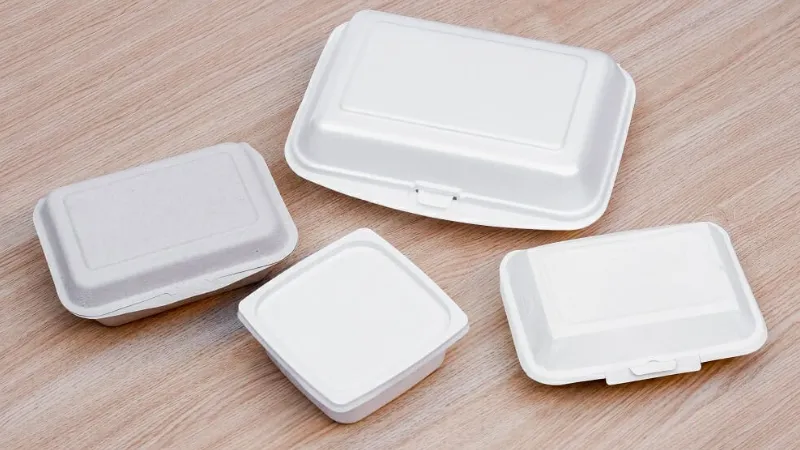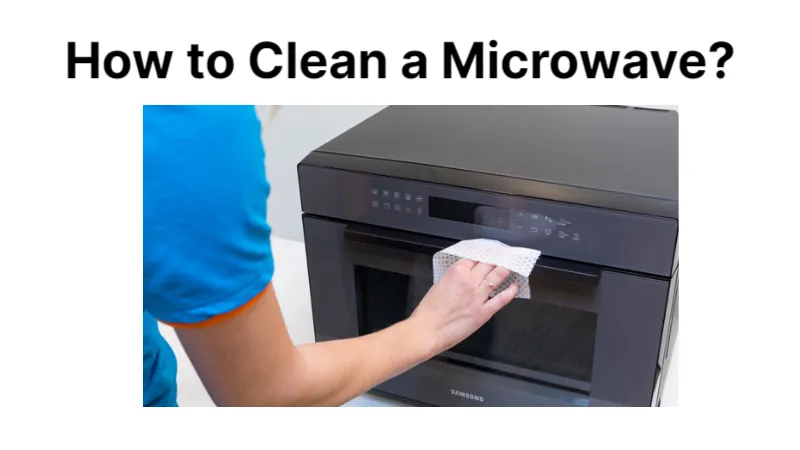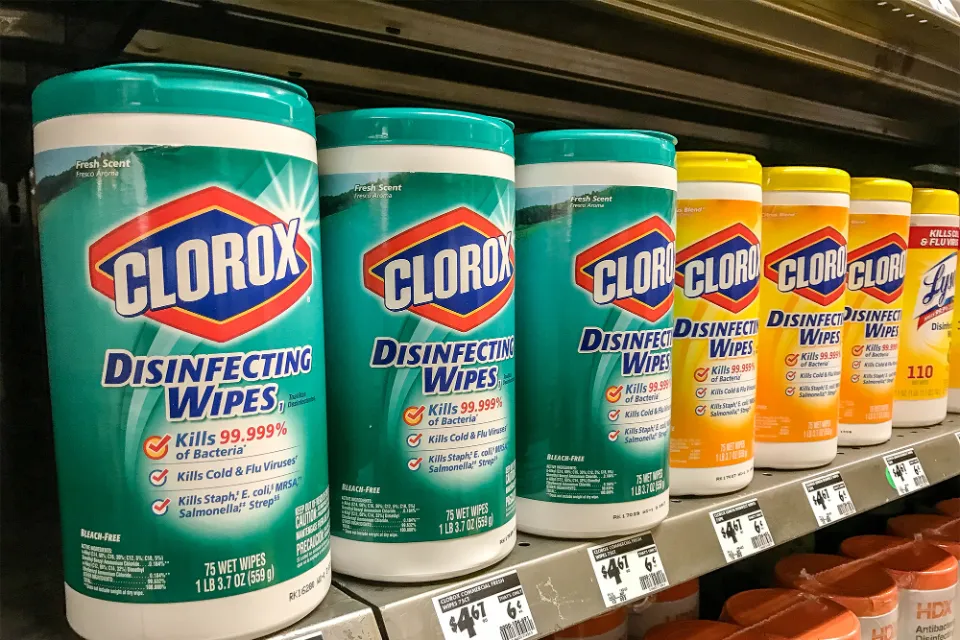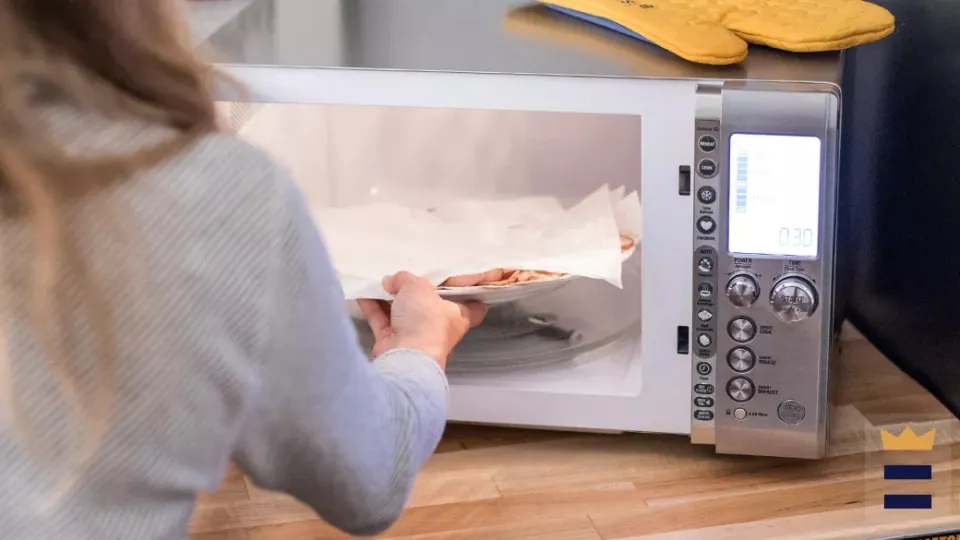Can you microwave styrofoam? More information about polystyrene foam containers and whether they can be microwaved is covered in this article. It also provides tips for safely heating food and answers common questions about heating food containers.
Except for those that bear a microwave-safe label, it’s not safe to use containers made of Styrofoam or expanded polystyrene (EPS) foam in a microwave. They may leach chemicals into food, which could increase the risk of some types of cancer.
Keep reading.
What is Styrofoam?
Here’s an interesting fact: You may have been referring to plastic foam food containers and cups with the incorrect terminology. Turns out, neither are made with real Styrofoam. A particular category of building materials produced by the Dow Chemical Company is known by the trademarked brand name Styrofoam. Polystyrene foam extrusion is used to make it. The expanded polystyrene foam, or EPS, that is used to make the foam food containers that we are all too familiar with is a related but distinct material. This material is about 95% air, which makes it super lightweight.
Styrene, a material created by humans and used to create foam containers, is produced using materials derived from petroleum and natural gas.
Appliance replacement or repair should not be done frequently. There are other ways to spend that much money. However, what about a microwave? They’re used so frequently. How long do microwaves last? Depending on the quality and frequency of use, the average microwave lasts for around 10 years. The average microwave’s lifespan is 1500 to 2000 hours, but some cheap models only last 500.
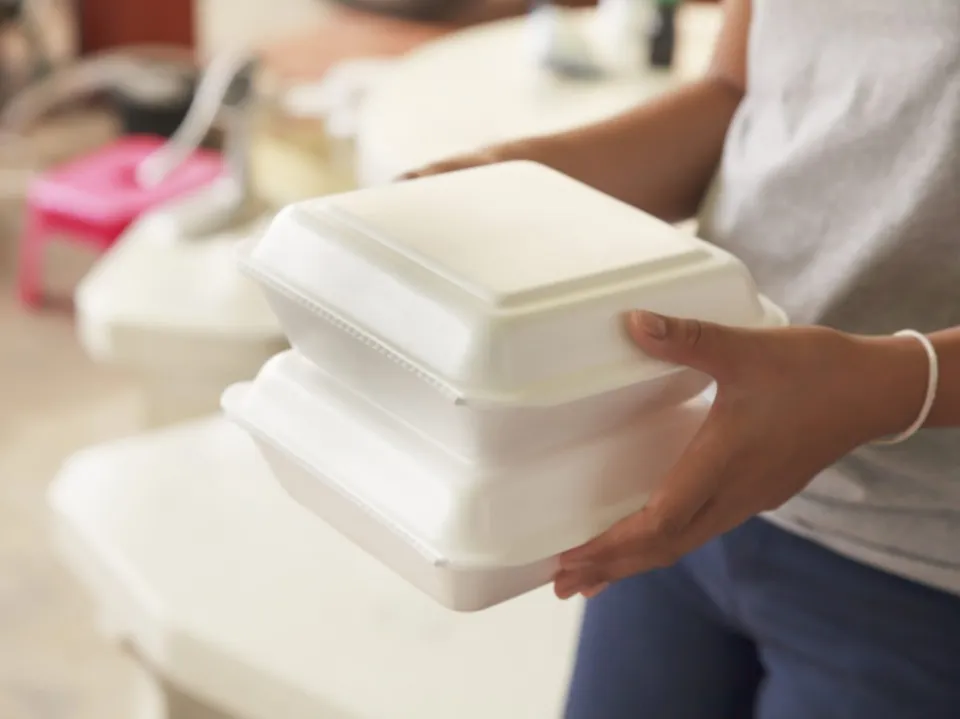
Is It Safe to Microwave Styrofoam?
EPS foam containers may not be safe to microwave unless they bear a label indicating that they are.
The Food and Drug Administration (FDA) regulates plastic and polystyrene containers, plates, and cups and performs tests on their safety, including their use in microwaves.
FDA-approved EPS containers must have microwave-safe labels to demonstrate that they have undergone testing and are secure for use in microwaves. It might not be safe to microwave an EPS product if it doesn’t have this label.
Research shows that heating may cause substances in the EPS to leak, or migrate, into the food inside the container. While the concentrations of substances that leak may not be large enough to cause harm in most typical situations, many factors may influence the safety outcomes, including:
- fat content in the food
- type of food
- temperatures for heating
- storage conditions of the containers
- length of time heating
Additionally, some EPS foam containers may crack or lose structural integrity if someone heats them. This may cause hot foods or beverages to leak out and cause burns.
The researchers are especially worried about one substance that might leak from the EPS foam container into the food inside. One of the ingredients in EPS foam, styrene, has been linked to cancer.
According to the Centers for Disease Prevention and Control (CDC), high levels of styrene may affect a person’s nervous system and is a possible human carcinogen.
Human studies on the link between styrene and particular cancers frequently concentrate on long-term exposure, typically in individuals who work with the substance on a regular basis.
Therefore, although there is a proven connection between occupational exposure to styrene and cancer, the results may not directly apply to styrene from microwaved EPS foam food or beverage containers:
- According to a 2017 study, people who are exposed to styrene at work over a long period of time may be more likely to get myeloid leukemia, Hodgkin lymphoma, and cancer of the sinuses and nasal cavities.
- According to a 2018 study, after 15 years of exposure to styrene, people who work with plastics may be more susceptible to developing acute myeloid leukemia.
- According to a 2019 study, styrene exposure may increase a worker’s risk of dying from esophageal, pancreatic, and non-Hodgkin lymphoma cancer.
However, a 2017 systematic review found no strong link between styrene exposure and certain types of cancer. As a result, additional study on this subject might be required.
Do you wonder if you can microwave milk without overheating and save its nutrients? If done properly, yes. What about infant formula and milk, though? Read on to discover.
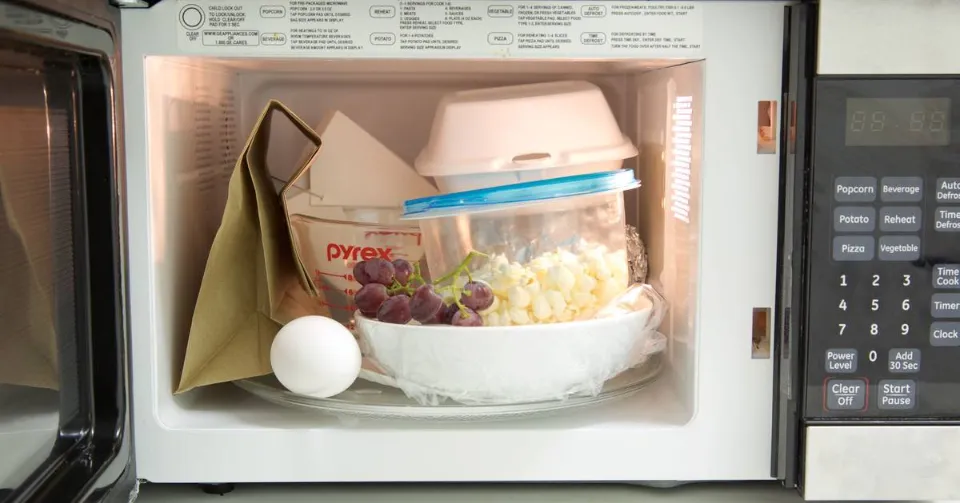
Tips for Safely Heating Food Containers
People may consider trying the following tips to ensure they are heating food containers safely:
- heating an EPS foam container only if the product has a microwave-safe label
- transferring food or beverages to microwave-safe containers made from Pyrex, ceramic, or glass
- venting the microwave-safe EPS foam container to prevent pressure from building inside it
- refraining from using old or damaged EPS containers, which may leak substances
- using oven gloves, mittens, or a protective material when removing a heated container from the microwave
- avoiding the microwave and transferring food to a pot or pan to heat on the stovetop or in the oven
In the best microwave ovens, food cooks very differently than in regular ovens, and while you may have asked yourself “how hot can microwaves get?” before, it’s a little more complicated an answer than you may expect. Food or liquids in a microwave can only be heated effectively to 212 degrees Fahrenheit, or the boiling point of water. Even though water can be heated in a microwave to 248 degrees Fahrenheit, this still poses a serious risk of scalding if the container is handled carelessly.
How to Safely Heat Food?
If you are concerned about heating food in a polystyrene container, here are some tips to help you microwave food safely:
- Use a microwave-safe container. If you are using a styrofoam container, check to see if it has a microwave-safe label.
- Before microwaving, move food onto a ceramic or glass surface. Instead, place the food in a pyrex, glass, or ceramic container before heating it.
- Use an oven or a stove. Transferring the food into a pot or pan to heat on the stovetop or into a baking tray to heat in the oven is another way to avoid any possible risks.
- For cracks or scratches, look. Old or damaged polystyrene and plastic containers should be thrown away because they could leak chemicals that could be dangerous.
- Vent the container before heating it. This stops pressure from building up and causing food inside the container to explode.
- Remove the container with care. After heating, remove the container wearing gloves or mittens to prevent hand burns.
There are several factors that will require you to understand how to set the clock on a Samsung microwave. When you install it, after a repair, or when the power goes out, it needs to be reset. Depending on the clock’s model, there are various ways to set it. The clock, settings, power level, and options buttons can all be used.

FAQs
Is It OK to Heat Up Food in Styrofoam?
The U.S. Food and Drug Administration (FDA) has deemed polystyrene food containers and packaging to be safe for hot and cold food items.
Is It OK to Microwave Styrofoam for 30 Seconds?
It is not safe to microwave food or drinks in a microwave for even 30 seconds. Styrofoam begins to melt when the temperature reaches 210 degrees Fahrenheit or higher, releasing poisonous chemicals that could contaminate your food.
Is It OK to Microwave Something for 15 Minutes?
The answer to this simple question is yes! It is acceptable to run the microwave for this length of time as long as there is food inside and it isn’t being run on empty.
Summary: Can You Microwave Styrofoam?
Polystyrene containers without a microwave safe label should not be microwaved as their safety cannot be guaranteed.
This is due to a substance called styrene, which is present in polystyrene containers and has been associated with cancer.
However, containers with a microwave-safe label have been tested and shouldn’t pose any styrene-related risks.
Before heating your food in the microwave, put it in a ceramic, glass, or pyrex container if you have any reservations.
If you have any questions, please leave a comment. My Prime Home tries to give you the best home improvement information. Don’t forget to share the post. Thank you for reading.
You may want to know:
